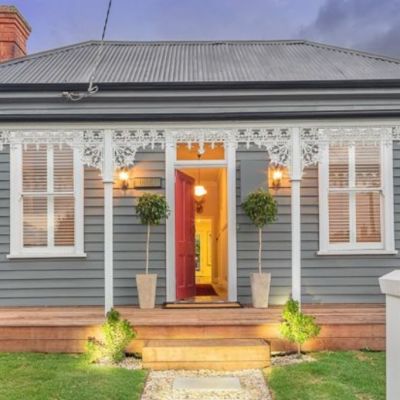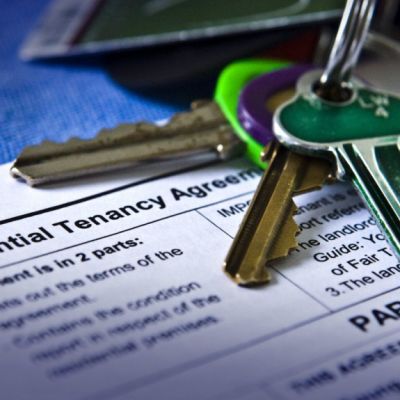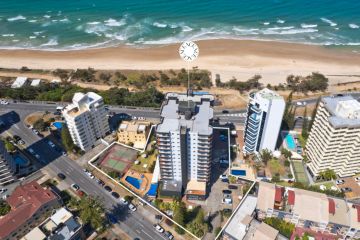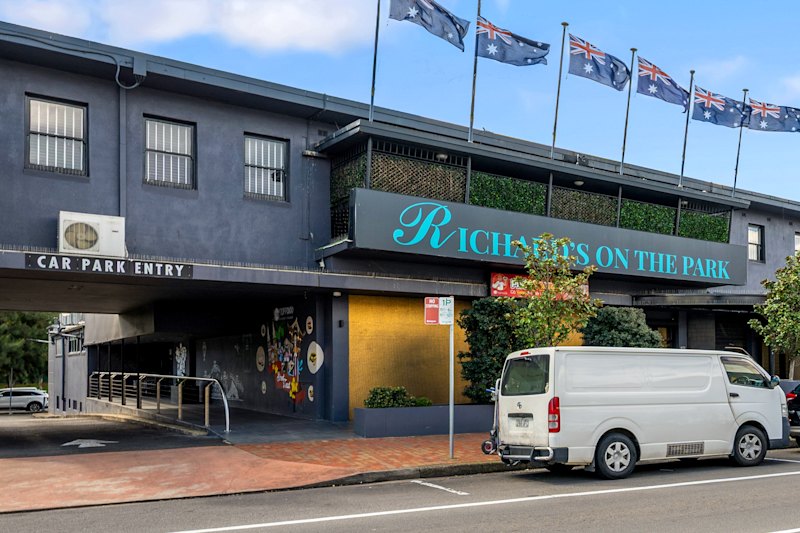Developers should be slugged to raise funds for affordable housing, report suggests
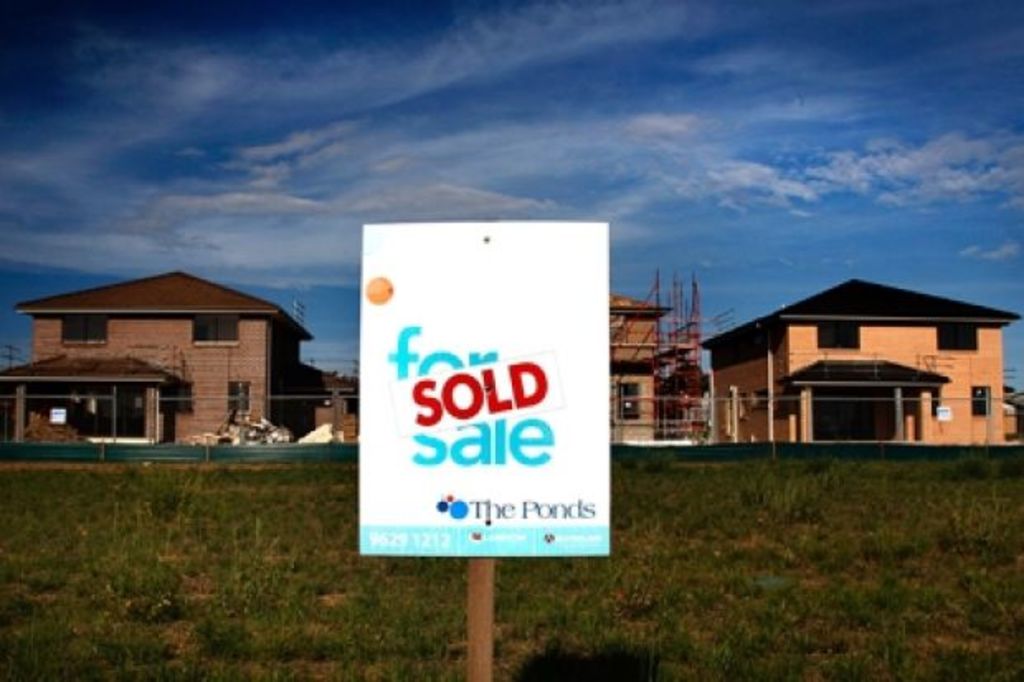
Property developers would be slugged an extra fee for the right to develop land in Victoria, raising more than half a billion dollars per year of extra funds, under a new proposal from a leading economics firm.
The independent report by SGS Economics and Planning said the money raised would be directed back to the government and local councils to put towards affordable housing and infrastructure.
Report co-author Marcus Spiller said the licence fee would not impact on developers or the eventual buyer of the new build, but would provide a modest reduction in the amount paid to land sellers.
Similar to the regulation of liquor licensing, developers would calculate the fee into their feasibility study of proposed developments, which would then be passed on to land sellers.
The state government implemented a similar scheme in the City of Melbourne and requires developers with a floor area ratio greater than 18:1 to pay a 10 per cent “floor area uplift” fee.
“The idea is when you grant planning permission to knock down a low-value property and build up a high-value one, that leads to an uplift in land value; a licence fee would share that uplift in land value with government/community,” Dr Spiller said.
“So instead of the land seller getting all the windfall of an uplift in land value when a permit is granted, a portion of it will be harvested for use in the provision of infrastructure or affordable housing.”
Dr Spiller said the proposal would only work if the licence fee was low enough that it did not discourage owners from selling.
But the development industry’s peak advocacy group disagrees, saying the model goes against the grain of development economics and would push up house prices.
“It would definitely push up the price of housing, without a doubt. It is adding an extra layer of costs to the development process,” said Victorian chief executive of the Urban Development Institute of Australia, Danni Addison.
Ms Addison compared the proposed model to the growth area infrastructure contribution charge introduced by the state government in 2010, which was supposed to capture a percentage of the price required for infrastructure projects at the initial transaction.
But, Ms Addison said, it had failed to do that and instead the price hike had been passed on to buyers.
“The way the development process and the development cycle works means that it has been passed through to house prices,” she said.
Dr Spiller said the licence fee would provide an incentive to encourage local governments and councils to approve more developments, combating NIMBYism and boosting housing stock.
“By sharing part of the uplift in value back with the councils so they could do good things with it for their communities, local councils will be more motivated to facilitate development and that would mean more housing where we need it and that would mean more affordability,” he said.
Ms Addison said the blunt economic position the report took would actually deter councils.
“What this is is just a financial burden on the ability of a project to actually get started or to be considered a good investment,” she said.
“I don’t believe that this would be a helpful model to the development process and I think that rather than encouraging more development, and therefore more investment in infrastructure, it would actually put a real dampener on the ability to provide housing at an affordable price.”
We recommend
We thought you might like
States
Capital Cities
Capital Cities - Rentals
Popular Areas
Allhomes
More
